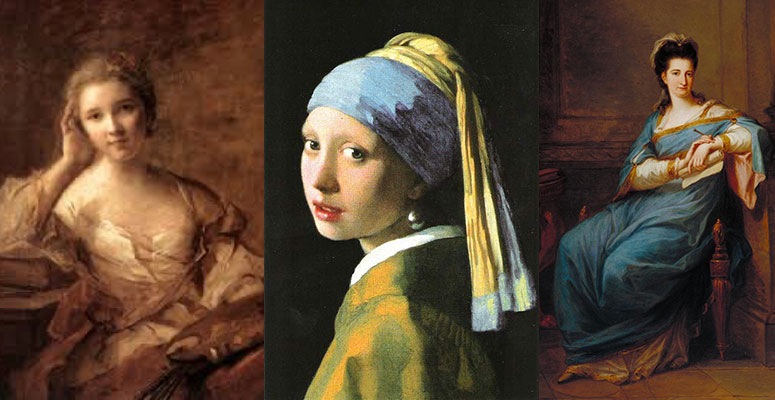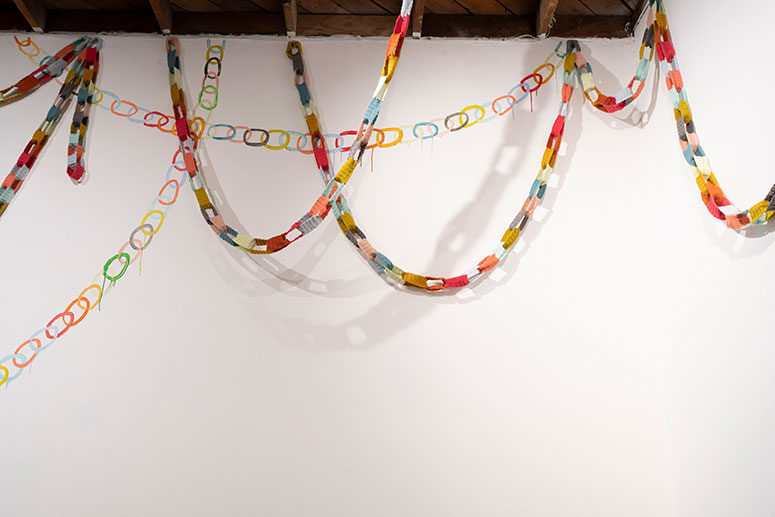PORTFOLIO
:: But Where Are You From From? ::
I have been asked this countless times in my life. Sometimes by people with a general curiosity, sometimes by those who seem to have an ulterior motive: a desire to put me in a box that they can understand. I grew up in an ethnically diverse neighborhood in Los Angeles, but I was only 1 of a few bi-racial/mixed race kids. I used to hate the forms that asked you to choose only ONE ethnicity because that felt like an impossible situation. I am neither just White, Jewish, or Asian. Luckily these forms seem to mostly allow you to pick more than one race these days, but the question still makes me pause.
As I grew up my defenses for this line of questioning hardened and shifted. I remember being little and being confused – why did it matter? Sometimes I allow people to drag on their line of questioning. So where were you born? Arizona. Oh so you are native American? Nope. Oh so, what’s your background? I’ve lived in California my whole life. But you are so exotic looking. [Eye role] so like a spice or a dancer. Oh, no I don’t mean to offend you – I mean you are so interesting looking. So what is your ethnicity? Sometimes I don’t even share, or I tell them it’s really none of their business. Most of the time I’ll finally admit that my mother was born and raised in Japan and my dad is a white Jewish dude. I’ve also been told repeatedly that I don’t look like my name. Whatever that means.
As I grew older more and more people would come up to me and speak in their native tongue and expect me to answer – this especially happened if I was at an airport. People of all nationalities have told me I look like their mother, sister, cousin, friend. This always kind of delighted me – the idea that I could blend into all different societies and be “accepted”. It was only problematic when somehow, I disappointed. For example, I don’t speak Spanish, but many people have thought I should. Some have gotten angry – don’t you love your roots? – until I explain that I have no Latin blood – should I still speak Spanish? Most of the time my looking like a certain ethnicity has only brought kindness and comradery, even once it’s discovered I’m actually not one of “them”.
I have had so many conversations with white friends who while maybe they have a complicated ethnicity with some German, French, English, Canadian, Russian, etc., etc., they have never been asked where they are FROM. Nor have they been told to go HOME or go back to where they came from. [Um hi, I came from here.]
The current cultural discussions surrounding immigration and cultural appropriation have only amplified my own response and interest in how I not only see myself, but how others see me and how this is a dance that is fraught with a lot of baggage for me. The only place I have ethnically felt at “home” was in Hawaii with so many other hapas and mixed folx.

I decided it was finally time for me to talk about this confusion in my work. I made a list of the 20 or so different ethnicities that people have asked or assumed I am from. I also made a list of the places my ancestors are actually from – Japan, Lithuania, Russia, Romania and Poland. I then started painting black and white portraits of myself. I began by looking at Western and traditional colonial female portraiture – because this is often the perspective of people asking me where I am from from. Ingre, Vermeer, Whistler, Manet, Sargent. How are the women posed, where are they looking? Also of note is the implied status of these women and the hints to wealth that they wear or surround them. I then photographed myself in these poses. And then water colored my portraits. I discovered that I do indeed often look different. It’s me, but it’s also potentially someone else. And this was fascinating. I knew that eventually I wanted to place the native dress of the places people thought I was from on top of the black and white portraits. And I was hopeful that as I researched, I would find photographs that mimicked my stance and position. Indeed, this wasn’t too hard. What was harder was picking an iconic “outfit” for each country/area/ethnic group as many have multiple options. I began to choose clothing based on finding an inspiration photo where I could see why people might assume I was from that region.
As a former costume designer, researching, selecting, and painting the clothing was joyous. I feel in some ways this body of work has brought me full circle to one of my initial creative pursuits.
For the accurate cultural reference countries, I decided to pose straight on, ¾ and from the side, close to life size and in color to show that these were “true” depictions. And then also add the clothing of the countries – thinking about what might have been my life if I lived in any of these places – none of whom would assume me as a native.

In the small gallery I turned to my interest in craft and my on-going color meditation practice. I think most kids have made a paper chain. I remember loving the simplicity and the color. Sometimes we’d be told to write wishes on the inside of the chain. I thought it would be fun to create a crochet version. Chains are a pattern I have also painted repeatedly. I love garlands and how they swoop and move. I always enjoy enlarging the scale of what are often considered crafty and unimportant, decorative items. Pulling them into the art arena immediately offers them some gravitas and makes me pause – contemplating their potential greater meaning. In this case the colors I chose and the act of linking the chains began to reflect a greater human connection. If I am seen as potentially from all these places – how is it that we link to one another? Wouldn’t it be more pleasant to see the world as a chain of people instead of separated by borders and cultural differences? I also love to see how the hand enters the work. The painting of the chain is different than the making of the chain, and the interaction between the two adds a layer of visual interest that delights me. The conversation between scale, color, technique, 2D and 3D is one I never tire of. [Thanks mom for helping me crochet the chain].
